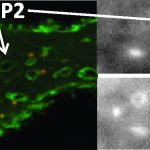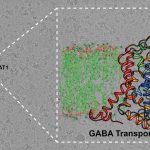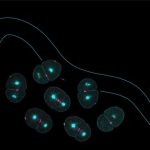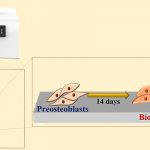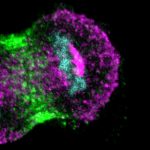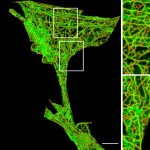
Molecules called secondary messengers convey information from the surface of the cell membrane to the target inside living cells. cAMP is a major secondary messenger in the brain, important for modulating processes ranging from learning and memory to contraction and relaxation of heart muscles.
Alteration in cAMP levels regulates various biomolecules involved in near-membrane signalling. Among the prominent molecules altered by cAMP are ion channels called HCN channels, involved in rhythmic pacemaker activity in heart cells and communication between neurons. Enzymes called photoactivated adenylyl cyclases (PACs) control cAMP levels within the cells by controlling the amount of blue light falling on them (“photoactivation”).
A research group from the Centre for Neuroscience led by Mini Jose Deepak shows how global and local photoactivation of cAMP by PACs controls the organisation and random movement of individual HCN channels in live cells. Different classes of PACs change intracellular cAMP in different ways, which in turn alters the movement of HCN channels.
This study opens up new ways of altering the organisation and movement of biomolecules in live cells using a non-invasive, light controlled approach. It also provides new ideas for therapeutic interventions to alter molecular pathways.

